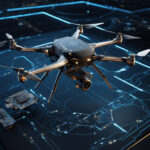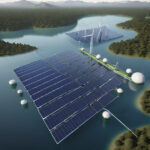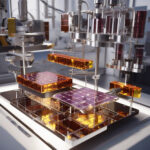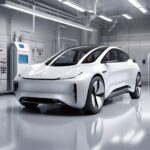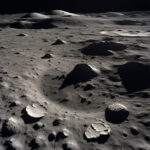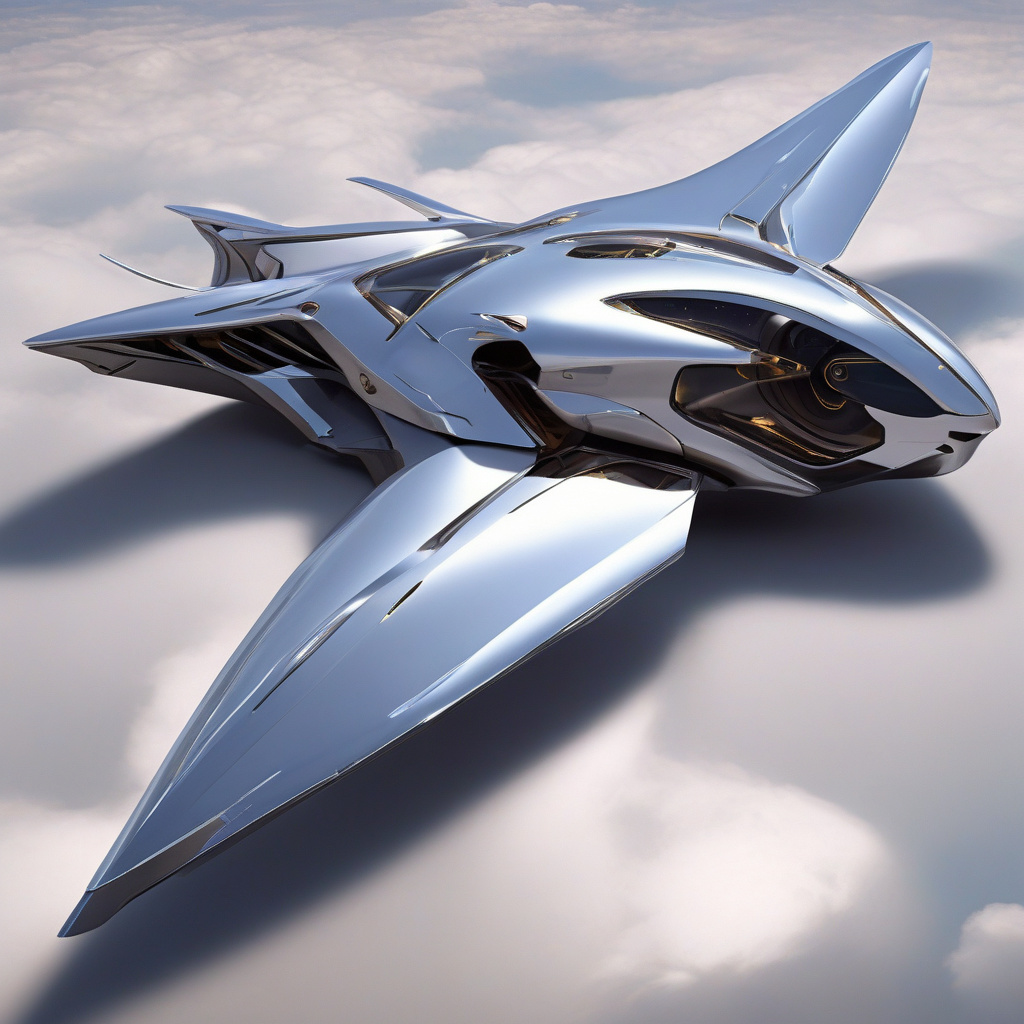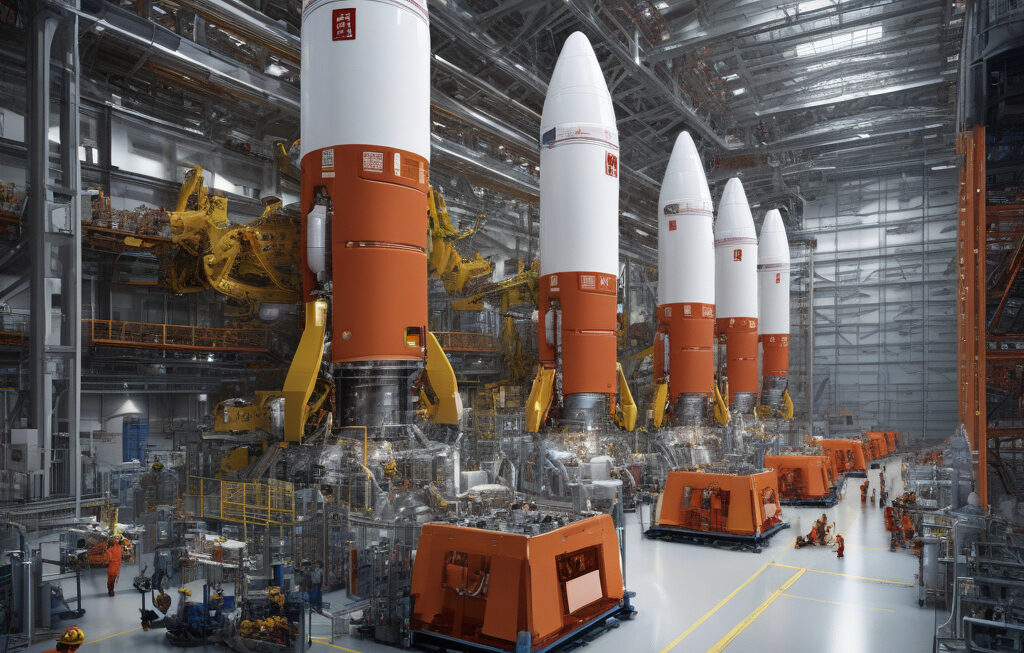New Hydrogen-Powered Spy Robot Flies Silently at 12,000 Feet to Beat Enemy Radars
Zepher Flight Labs (ZFL), based in Washington, has made significant progress in developing high-altitude, hydrogen-powered drones that are set to revolutionize the world of surveillance and reconnaissance. These cutting-edge spy robots have the ability to fly silently at an impressive altitude of 12,000 feet, making them virtually undetectable by enemy radars.
The use of hydrogen fuel cells in these spy robots is a game-changer in the field of unmanned aerial vehicles (UAVs). Unlike traditional drones that rely on fossil fuels, hydrogen-powered drones offer several advantages, including longer flight times, reduced environmental impact, and near-silent operation. This makes them ideal for stealth missions where staying undetected is crucial.
One of the key benefits of hydrogen-powered drones is their extended flight endurance. By harnessing the power of hydrogen fuel cells, ZFL has been able to significantly increase the flight time of their spy robots, allowing them to stay airborne for extended periods without the need for frequent refueling. This is particularly advantageous in long-range reconnaissance missions where staying aloft for as long as possible is essential.
In addition to their impressive flight endurance, these spy robots are also designed to operate at high altitudes, reaching up to 12,000 feet above ground level. This capability gives them a strategic advantage, allowing them to survey vast areas and gather intelligence from a safe distance without the risk of being detected by ground-based radars. This makes them invaluable assets for military and intelligence agencies conducting surveillance in hostile environments.
Moreover, the use of hydrogen fuel cells in these drones makes them environmentally friendly, with zero emissions during operation. As the world continues to shift towards sustainable energy solutions, the development of hydrogen-powered UAVs represents a significant step forward in reducing the carbon footprint of military and surveillance activities.
The advancements made by Zepher Flight Labs in the field of hydrogen-powered drones are a testament to the power of innovation and technology in shaping the future of aerial surveillance. By pushing the boundaries of what is possible, ZFL has paved the way for a new generation of spy robots that are not only highly effective in gathering intelligence but also environmentally conscious in their operation.
In conclusion, the development of hydrogen-powered spy robots by Zepher Flight Labs marks a significant milestone in the evolution of unmanned aerial vehicles. With their silent operation, extended flight endurance, and high-altitude capabilities, these drones are poised to revolutionize the way surveillance and reconnaissance missions are conducted. As technology continues to advance, we can expect to see more innovations in the field of UAVs, with hydrogen-powered drones leading the way towards a more sustainable and secure future.
Zepher Flight Labs, Hydrogen-Powered Drones, Surveillance Technology, High-Altitude Reconnaissance, Environmental Innovation
